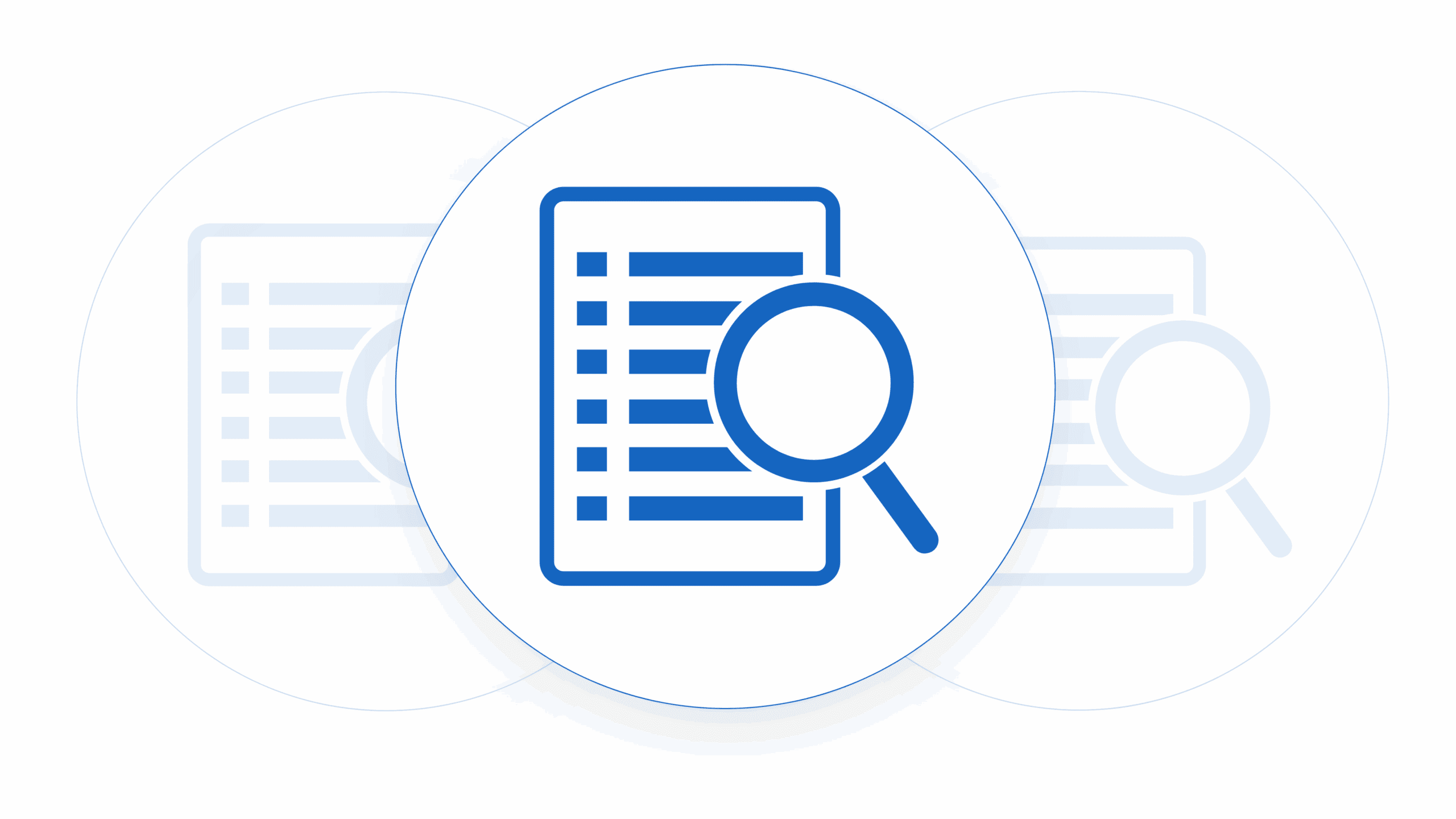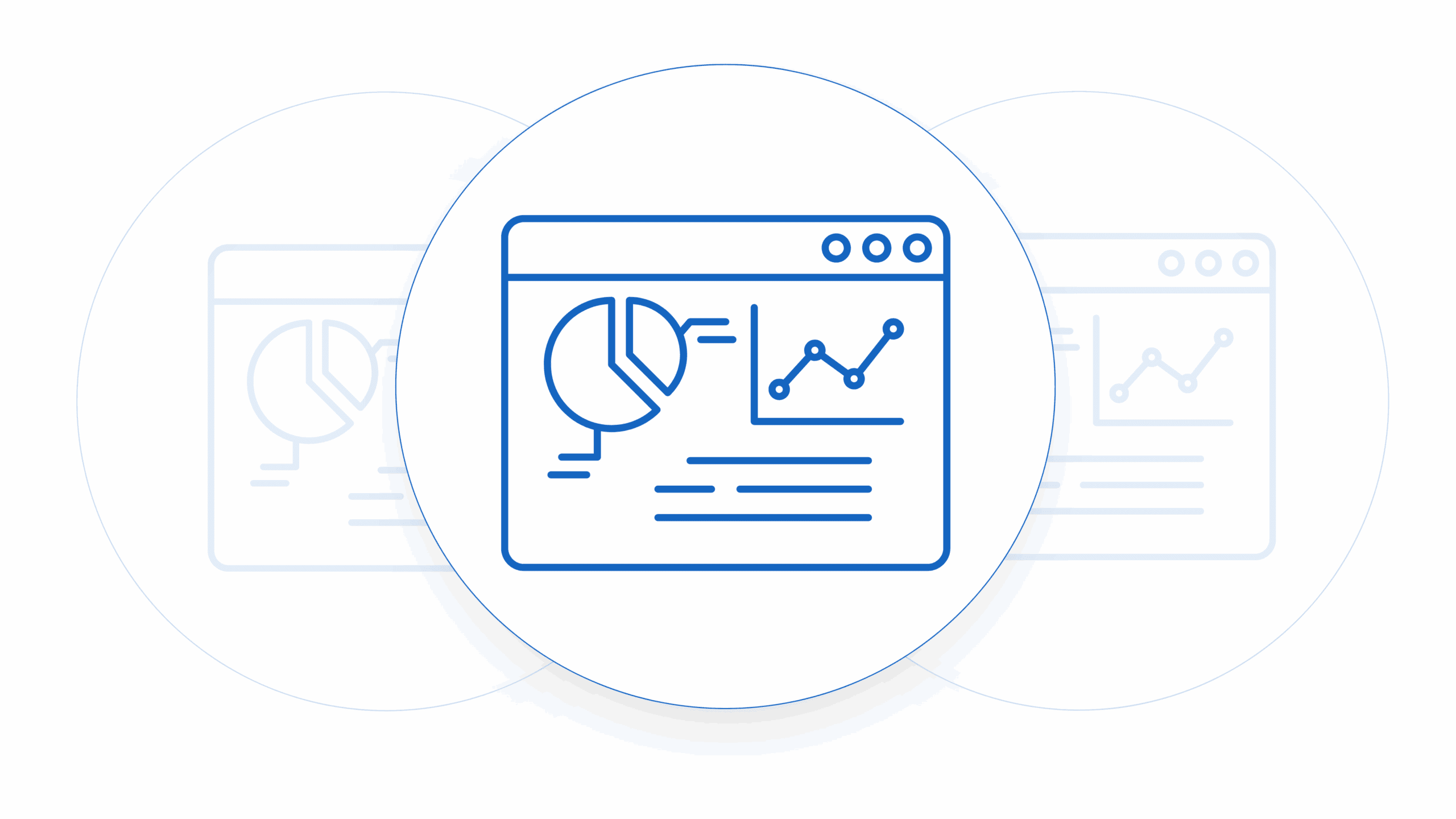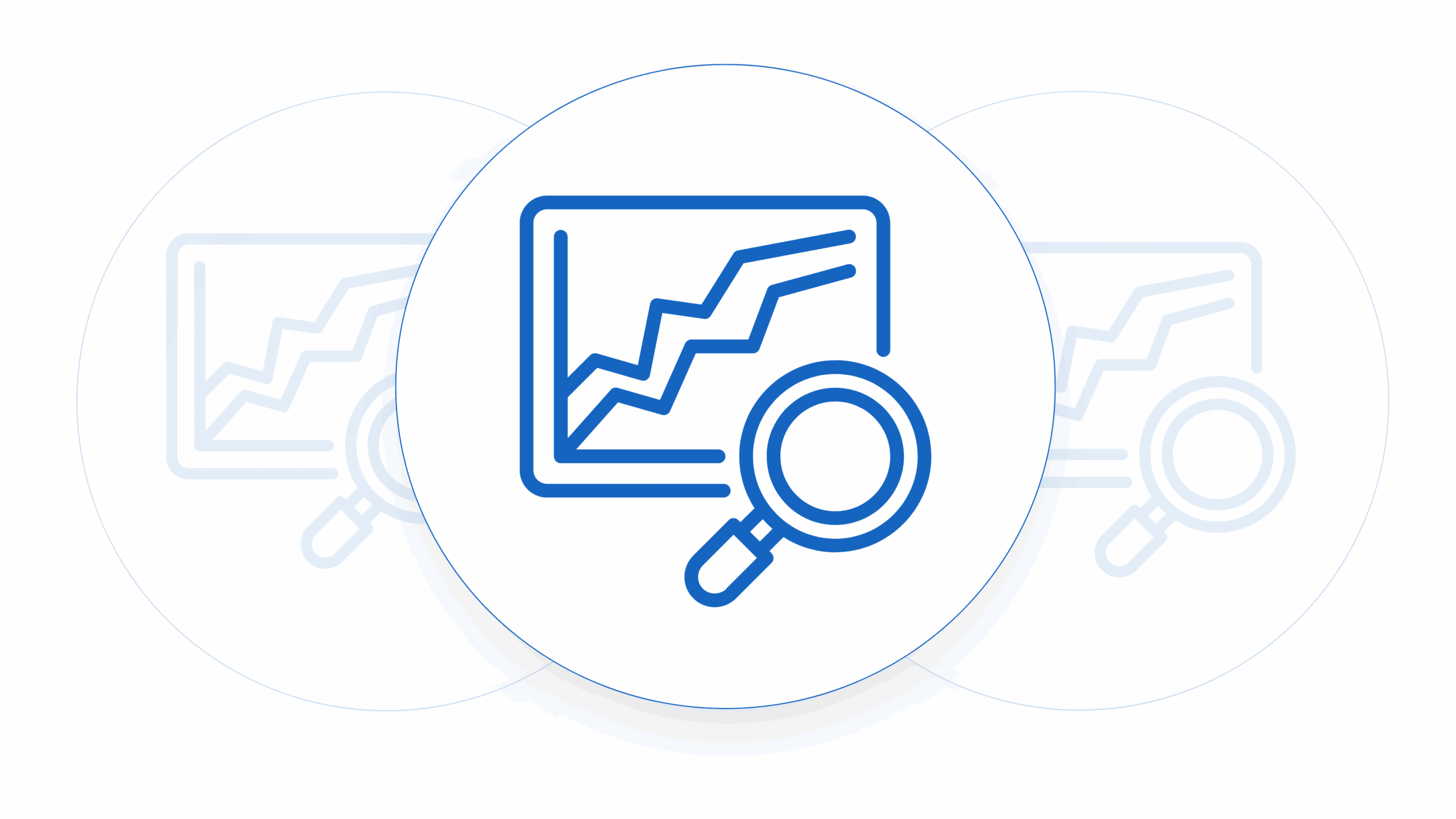Creating a structure and process around your B2B SaaS contract management can have a lot of benefits as you scale up your sales. A lot of companies start to feel the pain caused by poor contract management when they get beyond their first fifty enterprise customers. This is the point that the team starts to handle renewals regularly and it’s also the point that you may be starting to get into conversations about a seed or series A round of funding that will put you in a position for legal due diligence review. The pain of going through this when you don’t have the basics of contract management in place will absorb a lot of your time and lead to issues with customer renewals that can cause cashflow issues for a growing business. So what are the basics that you should get in place as you grow?
Contract-based MRR waterfall
Contracts are ultimately the source of truth for SaaS revenue recognition and tracking what has been agreed to in the format of an MRR waterfall will allow you to understand your business a lot easier. An MRR waterfall usually comes in the form of a spreadsheet with rows for every customer you have and columns for the months ahead. Every time you bring on a new customer you’re adding an extra row and breaking out the revenue from the customer that will be recognized for each month (or column). Doing this based on the dates and recurring revenue in the contracts that have been signed will allow you to keep track of your contracts and renewals easily.
Your MRR waterfall template will become a core document to understand your business from when it’s based on your contract data. You will be able to calculate month-on-month revenue growth, number of new customers, churn, average contract value, and a number of other key business metrics from this document.
Contract paper tracking
As you grow and get into the cadence of negotiating and (hopefully) signing several contracts you’ll face resistance from several enterprise companies who don’t want to sign your contract and would rather use their terms and conditions. Although this can be a frustration (as their terms and conditions are often not relevant to your service at all) it is the nature of doing business with enterprise customers.
Keeping track of whether a customer has signed your paper or their paper is useful for tracking the risk associated with this divergence from your terms and conditions. As you move from a scrappy startup to a scale-up a lot of time and effort will be put into de-risking the company. This will mean revisiting a lot of your non-standard contracts and renegotiating them.
The good news is that the longer you have a customer the more you’ll be able to leverage that traction and stickiness to negotiate better terms for the contract. If you’ve done the tracking work early on and marked which customers are on your paper and which customers are on their paper you’ll be set up well to revisit these at renewal.
SaaS contract liability level tracking
The larger you grow as a SaaS company the more things will start to become about standardization and risk mitigation. The level of contract liability that you agree to in your contracts is a big source of this. If things go wrong what and how much are you liable for will start to be an issue as you onboard more and more customers. This is mostly because liability is cumulative, the more customers that you agree to a million dollars of liability with the more it will become a risk factor that is looked at negatively by investors.
Tracking the level of liability for each of the contracts you sign as part of your B2B SaaS contract management is a good process to get into so you can revisit and renegotiate these contracts at a future date. Keep in mind the levers that you can pull to renegotiate this. The larger you become the more security features you build out in your platform and the more your customers can see that the risk level for them has reduced.
One way to easily track this is to look at liability in tiers. Green, yellow, and red are easy tiers to follow. Green being at the level you wanted to agree to, red being the liability that you didn’t want to agree to but had to so that you could get a great logo over the line, yellow being somewhere in the middle. With this tier system in place, you can start to identify which contracts you want to actively work at renegotiating when they come up for renewal.
Signer tracking for customers
Knowing who is the signer of contracts for each of your customers can save you a lot of time with renewal conversations. This is something that should be marked in your CRM with different buyer roles attributed to different contacts associated with your customer’s company. A signer role should also be kept up to date by your CSM team. With annual SaaS contracts, you should always keep in mind that companies have a natural turnover rate of employees and the CSM team should be keeping note of changes in who the potential signer is based on the relationship that they maintain with the company.
One simple way to keep track of this is to keep track of the job title of the signer. CSMs that manage several customers should be aware of the job title that is the signer or decision maker and even if they don’t have regular interactions with that person they should keep an eye on LinkedIn to see if the person in that role changes.
Signed contract copies
I know, I know, it is the simplest of the simple. Having well-structured, easy-to-navigate systems where you can easily find the signed and executed versions of customer contracts. Surfacing these to the right people when they need them and having these records linked in your CRM. It seems so simple. But if we had a dollar for every company that we’ve seen that does this poorly we’d be wildly rich.
Things don’t go as smoothly as you’d hope during contract negotiations, you have multiple versions of contracts going back and forwards between parties with redlines and commercial negotiations. With a lot of different people involved in the process this can add up to a large number of documents named final.V1, final final.V2, and our favorite, ‘final signed.V9’ which is most definitely not signed.
As part of your SaaS deal desk operations, you should ensure that you implement naming conventions for all of your contract versions and a process to make sure that the actual signed version is kept in the correct folder where it can easily be found.
If you get these simple things in place for your B2B SaaS contract management you’ll be very well-placed to grow the future of your business.












